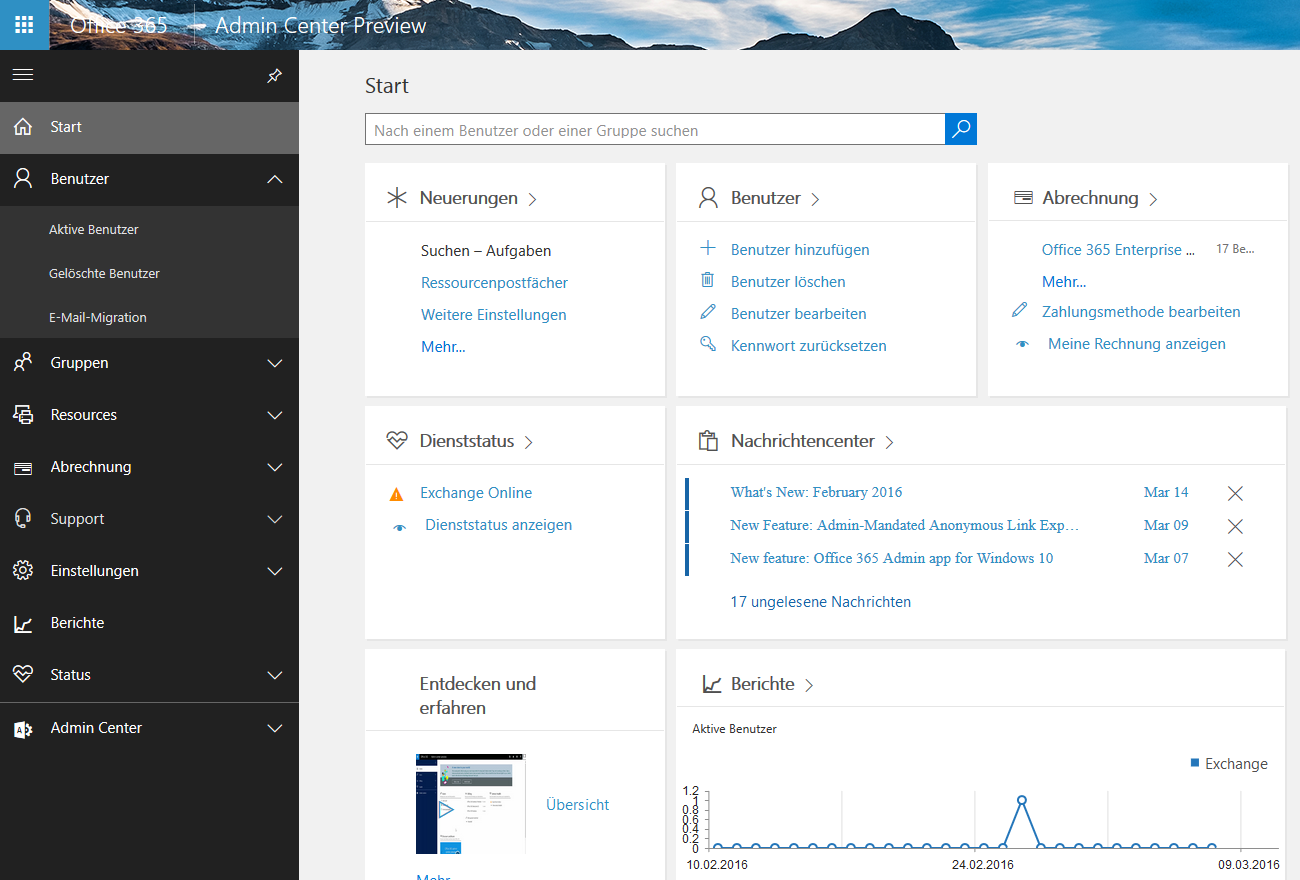

If the URL is blocked, you will get a “page cannot be displayed” error, so take note of that if you are working in the admin center for Exchange from a machine you are using for your mail. Take note: In one of my previous articles, we spoke about blocking the URL above in your local hosts file you have an Office 365 tenant and Exchange 2016 or Exchange 2019 on-premises to avoid Autodiscover issues. Now to access the Exchange admin center shown above, you can also navigate directly to. You will be spending some time in this portal and setting up your connectors to allow hybrid if you are transitioning from on-premises Exchange to Microsoft 365. You do not have a server option as you cannot manage the backend. Quick note: As you can see, you have a few similar views to that of the Exchange 2016 or Exchange 2019 admin center on-premises. Once you click Exchange from either portal view, you will see a screen like in the image below: Exchange will be the first one on the list if you are using the older portal, or it will be fourth on the list if you are using the new admin center. That will, in turn, take you to, where you can access your admin centers. Some admins might be familiar with logging into and then selecting admin:

Exchange administrationĮxchange administration is similar. Less functionality than on-premises, but still powerful. Once you have opened the Azure Active Directory portal, you can click users or groups or grant people access. Managing your Active Directory is done in the cloud. So as you can see, there are a few ways to get to the Microsoft 365 admin center for Azure Active Directory. Lastly, you can also access it from and select Azure Active Directory on the bottom of the list: If you click the three-lined icon on the top left-hand corner, you can then select Azure Active Directory as can be seen below: This will take you to the main Azure page where your resource groups, virtual machines, etc. Or you can use to access Azure Active Directory at. Click on Azure Active Directory on the left-hand side: You can either go straight to /, and it will populate once you have signed in, and you can manage your Active Directory. If you have a hybrid configuration or you are only using Azure Active Directory then you can also access this a few ways: The new preview seems to be friendlier than the older look, but each person has there preference. If you switch back to the older portal view, you will be presented with the following:Īs you can see above, you need to expand admin centers on the left, or you can click a tile above to open an admin center. Here you have all the portals at your disposal. Microsoft 365 admin centers: See them all at onceĪs you can see on the left, there is an option called “All admin centers,” which I clicked, and you can view in the image above.

Take note that I am using the new admin center in preview: But if you head over to and login with the Microsoft 365 tenant details, you are able to view all admin centers, as shown below. As you can already see, you need to login to different places with privileged accounts to access the tools needed for your daily tasks. For Active Directory - and we can quickly discuss this - you could open the admin center to do stuff, or you would need to login to a domain controller and access ADUC (Active Directory Users and Computers) or use the RSAT tools on a machine that is part of the domain to access ADUC. With your on-premises Exchange Server, let’s say you were using Exchange 2016, you would go to /ecp, and if you had a coexistence with Exchange 2010, you would have to include /ecp?ExchClientVer=15 so you do not get a redirect to Exchange 2010. This includes email, Active Directory, SQL, Dynamics (which is called Dynamics 365), and pretty much any Microsoft operating system and different flavors of Linux.

Many companies today are moving everything to the cloud.


 0 kommentar(er)
0 kommentar(er)
